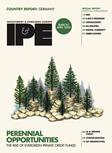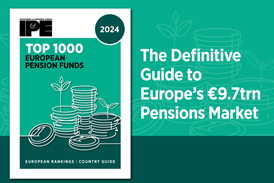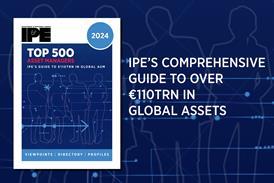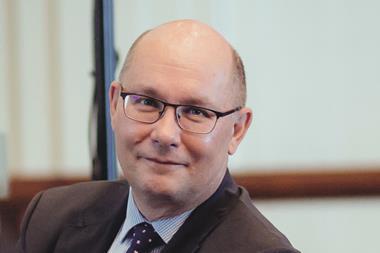Fondo Gomma Plastica, Fopen, Pegaso and Previmoda are adding to the €215m invested in private credit so far through Progetto Zefiro, a pooled portfolio managed by StepStone
The private credit-focused consortium of Italian pension funds, known as ‘Progetto Zefiro’ (Project Zephyr) is turning to the European Long-Term Investment Fund (ELTIF) market for the new round of commitments to the project.
In 2021, the four participating industry-wide defined contribution (DC) pension funds – Fondo Gomma Plastica, Fopen, Pegaso and Previmoda – picked StepStone to invest a total of €215m in private credit assets, but ahead of the new round of commitments, participants have been reviewing the strategy.
“We have finalised a new round of investments through Project Zephyr, where there will be space for the investment in an ELTIF that will accelerate investments of this part of the commitment,” said Andrea Mariani, director of Pegaso, the pension fund for employees of utility companies.
Pegaso has committed €40m for the second round of private debt investments, the same amount pledged at the start of the project in 2021, Mariani said.
The four pension funds and StepStone have been considering investing in a vehicle dedicated to junior debt, although the most relevant component will remain the senior debt.
“Finally, there is a larger exposure to Italian private debt that should reach 10% of the new investments,” Mariani added.

The share of private debt investment is equal to approximately 2.5% of the assets in the ‘Bilanciato’ sub-fund of Fondo Gomma Plastica, the pension fund for workers in the materials industry.
The scheme started to invest in private debt relatively recently, but the positive performance of the portfolio so far has led it to increase the overall commitment to Project Zephyr, the pension fund’s director general Luca Ruggeri told IPE.
“The new commitment will flow towards a semi-liquid ELTIF fund whose main advantage, in my opinion, is to allow a much shorter j-curve and, furthermore, there will be a larger share of opportunistic investments to better take advantage of the market situation. This is tangible proof of our interest in private debt,” Ruggeri said.
Steady demand for alternatives
This year, private equity, private debt, and venture capital alternative investment funds (AIFs) topped the ranking of the most favoured investments among Italian institutional investors, at the expense of bonds, despite the latter benefitting from higher interest rates over the past years, according to a study published in March by think tank Itinerari Previdenziali.
However, the share of institutional investors planning to increase allocations to AIFs is 56%, lower than the 64% recorded in 2023, according to the study.
Private debt fundraising grew by 13% in Italy year-on-year in 2024, reaching €1.36bn, with first and second-pillar pension funds being the largest contributors, according to the latest figures published by the Italian private equity and venture capital association (AIFI).
Investments in private debt reached €4.96bn in 2024, the highest value ever recorded, and up 53% compared with 2023, according to AIFI.
Among the largest pension schemes, Enpam has underwritten €1.9bn commitments in private markets. It has already invested over €1bn, while over €850m are still available for investments.
Investments in private markets – private equity, private debt and infrastructure – at Fondo Gomma Plastica account for 9% of the assets in its sub-fund ‘Bilanciato’, conducted through closed-end funds picked by asset managers.
“We believe that investments in private markets continue to be an essential part of our portfolio. Certainly, the trend with regard to interest rates and the great volatility on markets in the last period creates turbulence also in private markets. In particular, it makes the exits of private equity funds more complex, and reduces their multiples while increasing the riskiness of private debt assets,” Ruggeri at Fondo Gomma Plastica said.

But private markets are still profitable investments and mitigate the volatility of listed assets that manifested itself in March and that was also seen in 2022, he added.
“The current, complex trend of the markets therefore supports the main reasons why we invested in private markets – their profitability and decorrelation to the listed assets,” Ruggeri said.
Fondo Pegaso continues to invest in private markets to achieve the strategic goals of allocating 12% of the assets in its ‘Bilanciato’ sub-fund and 15% in its ‘Crescita’ sub-fund to private assets.
The scheme has also committed €8m to the infrastructure fund-of-funds (FoF) launched by asset manager CDP Real Assets, and it is considering investments in venture capital, following the introduction of a new rule tying tax breaks to a certain amount of assets invested in the asset class.
Investment in private debt, which should account for 4% of its ‘Bilanciato’ and ‘Crescita’ sub-funds, helps the fund diversify from bonds that are subject to fixed-rate and interest rate volatility, even without considering the effect of valuation at market prices, Mariani said.
The latest digital edition of IPE’s magazine is now available





































No comments yet